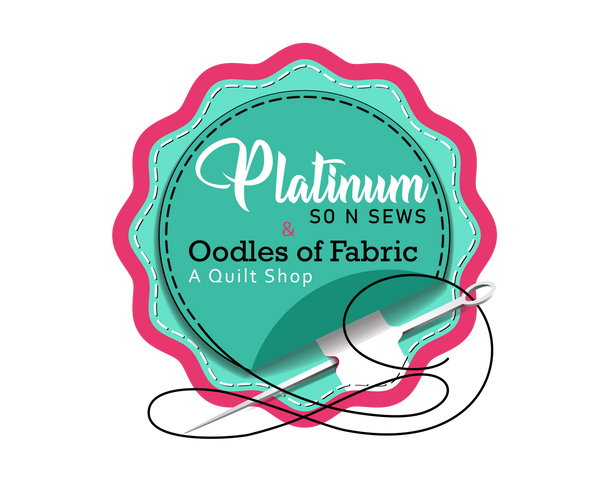Color theory plays a critical role in selecting quilt panels, as it can evoke emotions, create cohesion, and enhance storytelling. Understanding color theory can help quilters decide when to choose the right colors for their panels, resulting in visually stunning and meaningful designs. There are various types of fabric you can choose from, and one of them is minnie mouse fabric. It is one of the most liked fabrics by kids.
Why Color Theory Is Vital When Choosing A Quilt Panel?
Color theory is the study of how colors interact with one another and how they can be combined to create pleasing and harmonious color palettes. When it comes to choosing a quilt panel, color theory is vital because it helps you create a cohesive and visually appealing design.
- Cohesiveness And Harmony
A well-designed quilt panel should have a sense of cohesion and harmony. You want the colors to work together and complement each other rather than clash or compete. It can be achieved by using color theory to create a color palette that is harmonious and cohesive. For example, you can use complementary colors to create a striking visual effect or analogous colors to create a more subtle and cohesive design.
- Personal Style
Color theory is a useful tool, but it is also important to consider your style when selecting a quilt panel. You want to choose colors that reflect your style and preferences, as well as the purpose of the quilt panel. For example, if you prefer a more muted color palette, you may want to choose softer and more subtle colors. Similarly, if you want to create a bold and vibrant design, you may want to choose Minnie mouse fabric colors that are bright and eye-catching.
- Seasonal Or Themed Panels
Quilt panels can be created to commemorate a specific season or event, such as Christmas, Valentine's Day, or a sports season. Color theory can be used to choose colors that align with the seasonal or thematic theme while still creating a cohesive and harmonious design. For example, for a Halloween quilt panel, you may want to use dark, black, red, and green colors.
- Contrast In Patterned Panels
If you use a patterned quilt panel, you may want to choose colors that create contrast and highlight certain aspects of the design. For example, if the panel has a jack o lantern lane with dark colors, you may want to choose a contrasting color for the background to make them stand out. Understanding color theory can help you choose the right colors and create a visually stunning patterned panel.
- Use Of Color In Storytelling
Color can be used to enhance the storytelling aspect of a quilt panel. For example, you can use warm colors to convey a sense of nostalgia or happiness or cool colors to create a sense of tranquility or serenity. Choosing the perfect colors can help convey the intended story or message of the quilt panel.
Get The Most Subtle Quilt Panel
Color theory is a vital tool for quilters when choosing a quilt panel. It enables them to create beautiful and impactful designs that communicate their vision and style while ensuring that the colors work well together and create a harmonious and cohesive look. If you want Minnie mouse fabric, contact Platinum So n Sews. Visit our store today!

